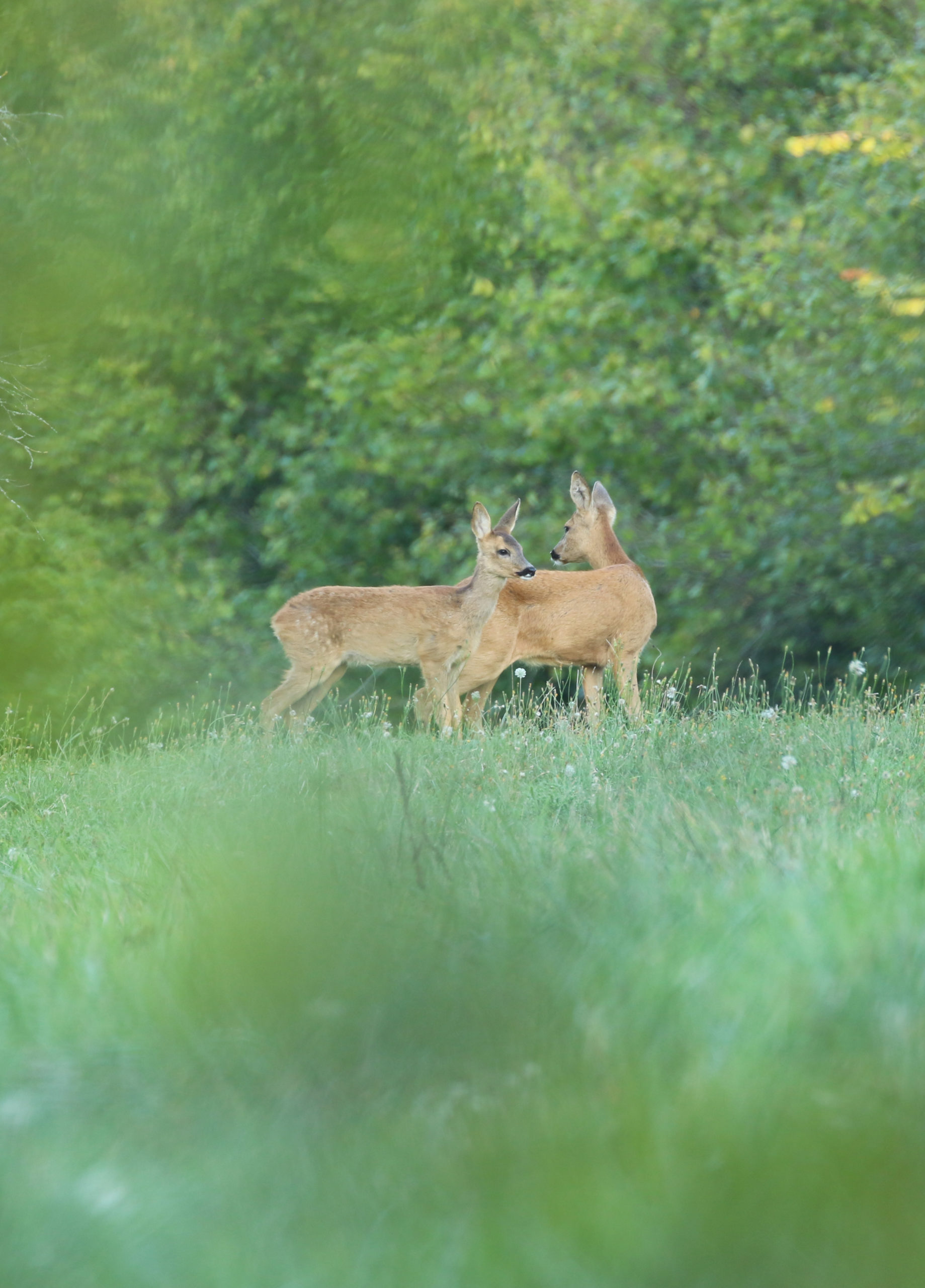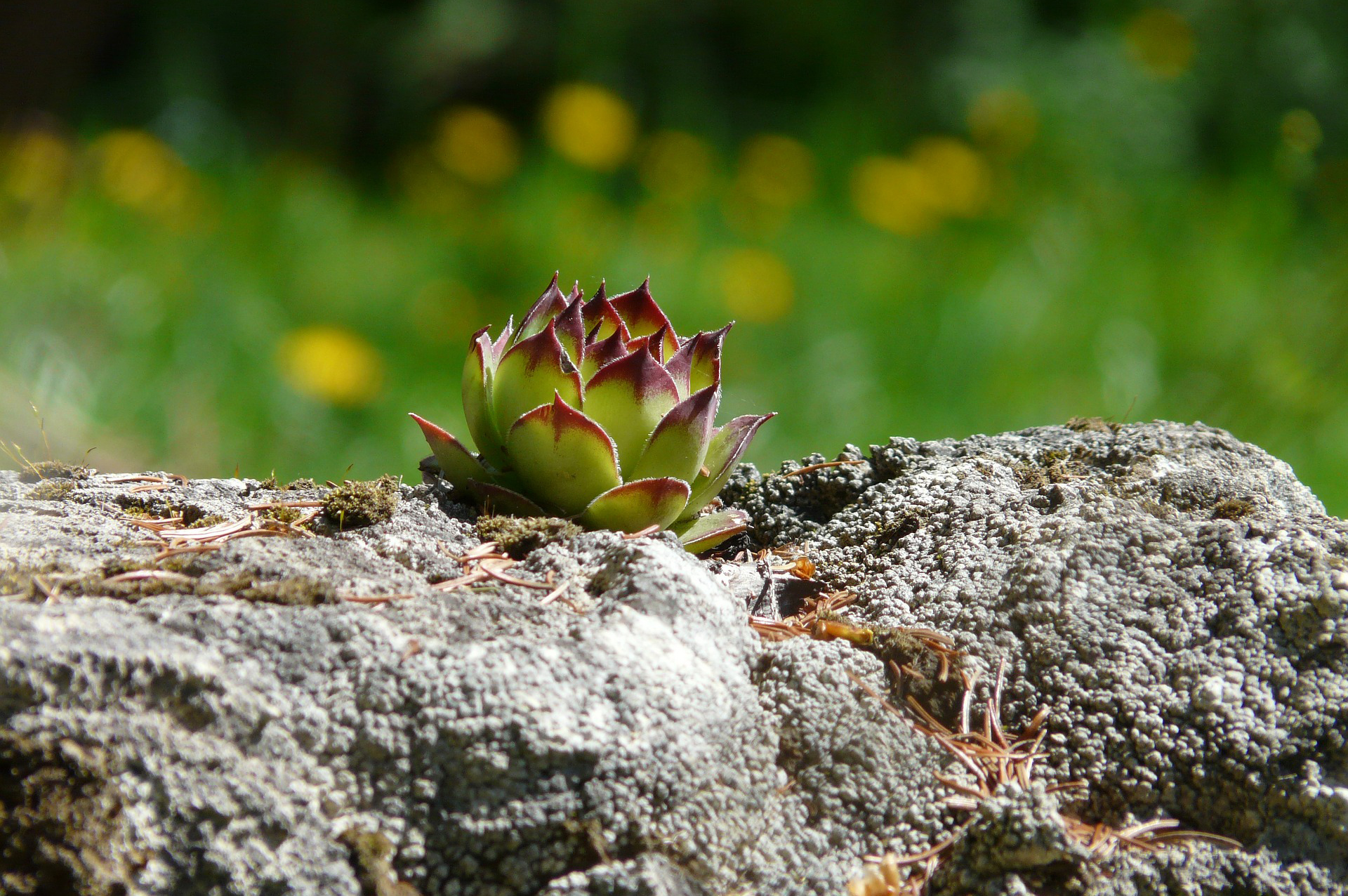The gourd family includes a wide variety of vegetables, including squashes such as onion squash, winter squash, butternut squash, custard marrow, turban squash, etc. They come in different shapes and colours and everyone can find a squash to suit their taste.
Cultivated since the dawn of time, the squash is a symbol of fertility and abundance, and of magic in fairy tales. It was one of the first vegetables brought back from the Americas.
IN YOUR GARDEN
Squash likes rich, moist and sunny soil. In vegetable gardens, it thrives next to compost. It also benefits from the company of beans, corn and onions.
Sensitive to powdery mildew in case of heavy downpours, a treatment with nettle fertilizer can help boost its growth.
Some squashes run, crawl, climb, scale the obstacles on their path. These species are interesting for decorating a garden, but also for optimising the organisation of crops.
Squashes, that are ripe when autumn arrives, can be preserved in winter and enjoyed later.
IN YOUR PLATE
Low in calories and highly nutritious, it contains fibres, vitamins A, B and C, trace elements and minerals such as calcium, copper and magnesium.
Here is our recipe for autumn squash soup for four. For this recipe you will need:
-
1 l chicken stock
1 kg red kuri squash
1 onion
8 chestnuts, cooked and peeled
8 tbsp fresh cream
8 chive sprigs
Fleur de sel
black pepper
Cut up the squash, chestnuts and onion. Cook everything in chicken stock for about 20 minutes, then blend. Add the fresh cream, salt and pepper. In this recipe, you can replace the chicken stock with vegetable stock and the cream with coconut cream.
To decorate your plate, add chopped chives, dashes of hazelnut oil and some squash seeds. You can even add a few fried chanterelles to enhance the autumn flavour.
To avoid waste, use the seeds of the squash. Full of zinc, these seeds should be washed in a sieve and then dried.
Preheat your oven to 180° C. Spread the seeds on a non-stick baking sheet, add salt and place them in the oven for 15 to 20 minutes.
Perfect for an aperitif, these savoury treats will appeal to young and old alike.
And here’s an easy recipe for children, Jack Be Little pumpkin.
You will need:
-
4 Jack Be Little pumpkins
2 egg yolks
2 tbsp fresh cream
50 g comté cheese
25 g smoked bacon (optional)
First, cut the tops off the pumpkins, remove all the seeds and steam the vegetables for 20 minutes. In a bowl, mix the cream, egg yolks, cheese and bacon. Preheat your oven to 180°c. Remove the flesh from the pumpkins without damaging the skins and mix it with the other ingredients in the bowl, then pour the mixture into the hollowed pumpkins. Add salt and pepper and bake the pumpkins in the oven for 20 minutes.
Enjoy this children’s creation!
A FACIAL
Squash is rich in beta-carotene, a plant pigment that is a vitamin A enabler and will bring a glow to your complexion. It is excellent for the skin and contributes to a healthy immune system. The antioxidant vitamins A and C it contains neutralise free radicals. Also rich in vitamin B, it acts on acne by boosting blood circulation and stimulating cell renewal.
Squash can be a beauty treatment during the winter. Here is our recipe for a moisturizing and purifying face mask.
You will need:
-
1 cup of freshly blended pulp
1/ 2 cup organic plain yoghurt
2 tbsp organic brown sugar
1 tbsp mountain honey
Mix everything together in a bowl, then apply to the face and leave for 10 minutes.
Brown sugar and yoghurt are exfoliants that help to get rid of dead skin cells on the surface. Honey, with its antioxidant content, helps the skin to regenerate, boosts circulation and has a strong detoxing effect.
A seasonal vegetable, squash provides many benefits. It is a key food to include in your diet and skin-care routine.
How do you use squash?



